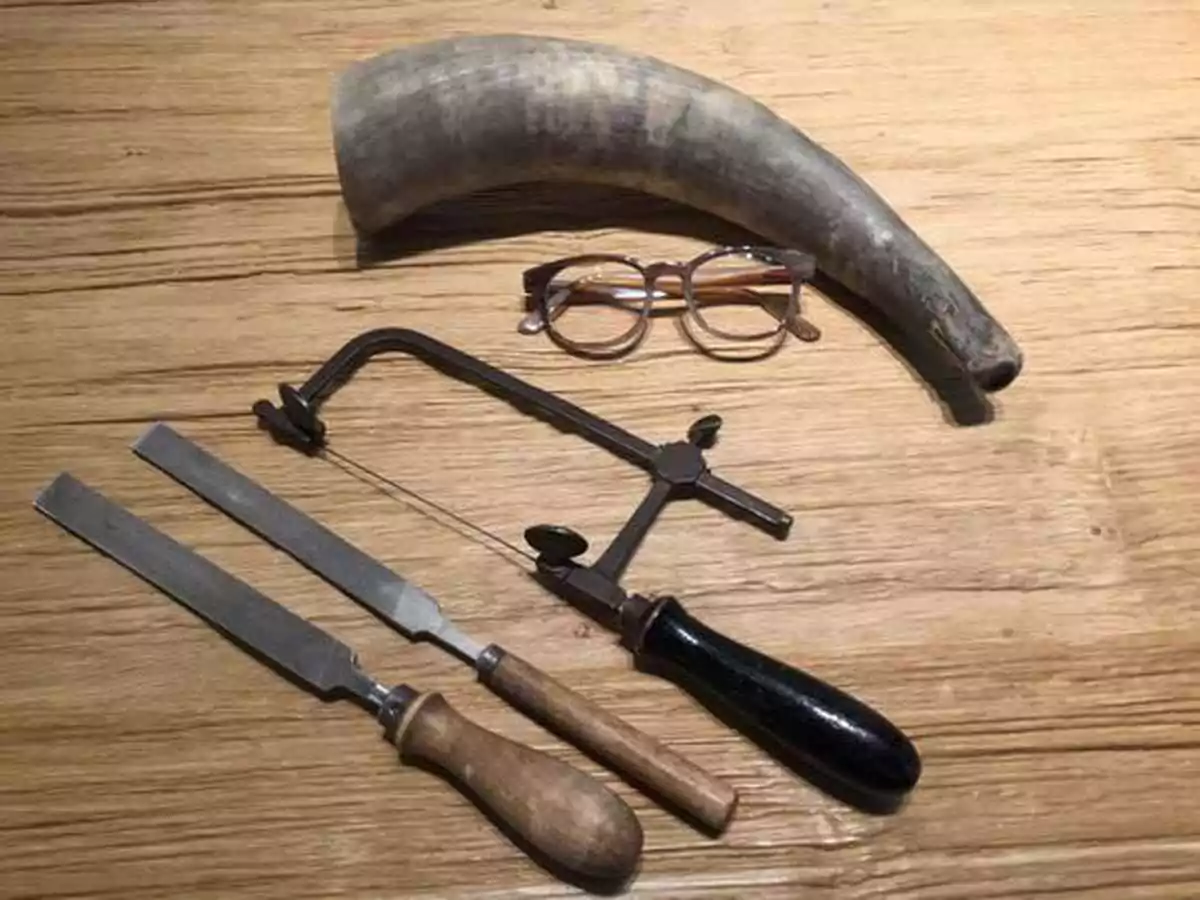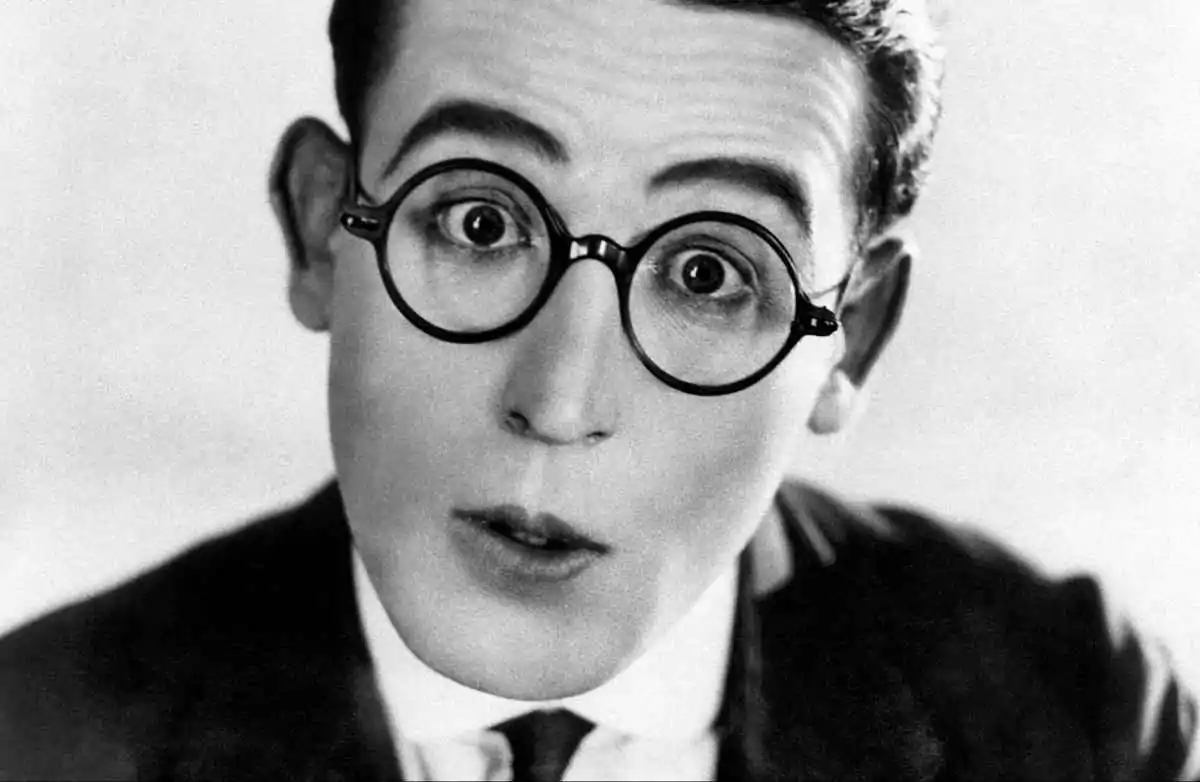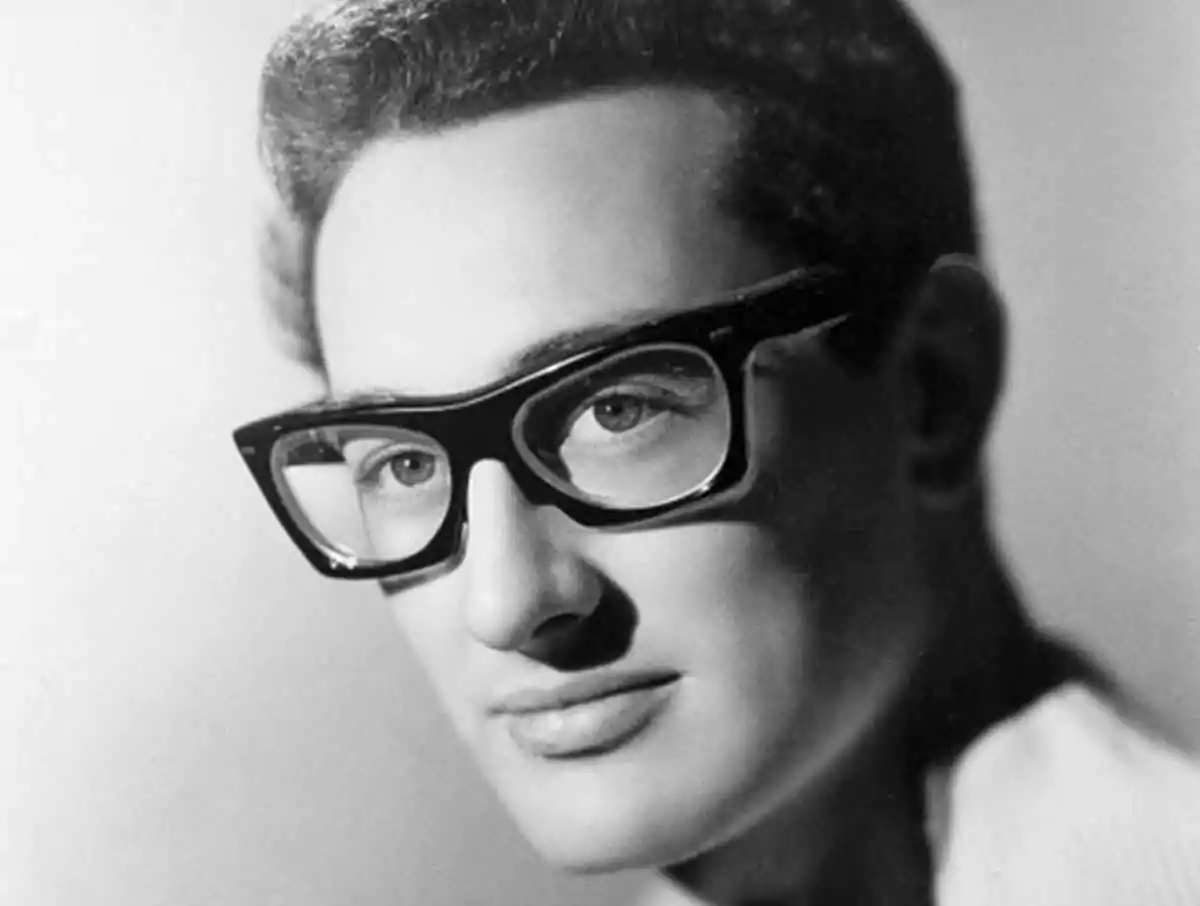What Are Horn-rimmed Glasses?
Have you ever wondered why certain eyewear styles hold onto their classic names, even with modern updates and material changes? Horn-rimmed glasses is one example!
It’s a term you’ve probably heard of, but have you ever wondered why they’re named as such? Are they made with actual animal horns?
Spoiler alert: Not anymore, but that doesn’t make its history any less fascinating. Come explore the journey of these iconic glasses with us!
How the term horn-rimmed glasses originated
The story of horn-rimmed glasses begins, rather unsurprisingly, with an actual horn.
In the early 20th century, spectacle makers began exploring alternative materials to the commonly used metal or leather for spectacle frames.
They found the answer in bovine and buffalo horn.
Animal horns offered lots of benefits like accessibility, malleability, and lightweight properties, making them an ideal choice for crafting spectacle frames out of.
From there, the first ‘horn-rimmed glasses’ were born.
How horn transitioned to other materials
Though horn-rimmed glasses are still a thing in eyewear until this day, the material that gave them their name is no longer used to make them.
There are several reasons behind this shift.
A major one was the increased concern over sustainability and animal welfare.
Using animal horns was ethically questionable and impractical due to the difficulty of procuring and working with them.
In response to these concerns, eyewear manufacturers turned to a new class of materials — plastics.
The advent of plastics revolutionized a myriad of industries, including eyewear. It was at this time that celluloid stepped into the limelight.
Made by dissolving cellulose in camphor and alcohol, celluloid was the first semi-synthetic plastic ever created.
It could be easily dyed, molded, and, most importantly, mimic the aesthetics of more expensive and less sustainable materials, like animal horns.
As the 20th century progressed, celluloid was gradually replaced by more durable and flexible plastics such as acetate and polycarbonate.
These materials were stronger and more versatile, cheaper to produce, and easier to work with.
They allowed for a wider range of shapes, sizes, and colors, which further broadened the appeal of horn-rimmed glasses.
Despite the transition to other materials, the term ‘horn-rimmed glasses’ has endured.
Over time, the name has evolved past its initial association with animal horns and is now simply used to refer to its look and style.
The boom of contemporary horn-rimmed glasses
Horn-rimmed glasses gained popularity after comedian Harold Lloyd wore them in his 1917 comedy short film “Over the Fence.”
At the time, Lloyd was known for playing eccentric characters and he wanted to create a new persona with a more ordinary appearance.
To do so, he started wearing round horn-rimmed glasses even though he didn’t require them to see clearly.
The character became a hit and broke stereotypes associated with glasses wearers along the way.
Sales of horn-rimmed glasses soared worldwide, and Lloyd’s endorsement led to unexpected success.
The 1950s and 1960s ushered in a new chapter in the legacy of horn-rimmed glasses.
The mid-century marked a renaissance for this classic style as they became a defining fashion accessory of the era.
A key driver behind this boom was the glasses’ prominence in entertainment.
The resurgence of horn-rimmed glasses can be attributed to the influence of Hollywood and television, where many iconic personalities embraced this style and incorporated it into their onscreen personas.
In 1962, Gregory Peck brought a new level of sophistication to horn-rimmed glasses thanks to his Oscar-winning portrayal of Atticus Finch in “To Kill a Mockingbird.”
The glasses became a powerful symbol of Finch’s moral clarity and intelligence.
Over in the world of popular music, influential rock and roll musician Buddy Holly became almost as famous for his thick glasses as he was for his songs.
His distinctive eyewear added to his quirky charm and became a trademark feature that fans adored.
Until this day, these glasses are commonly referred to as “Buddy Holly glasses” or “Holly glasses.”
Horn-rimmed glasses today: a timeless style statement
Nowadays, horn-rimmed glasses continue to be a popular style.
From sleek minimalist designs to statement pieces with bold, oversized frames, there’s a horn-rimmed style for every aesthetic.
Here at Mouqy, we offer a fantastic range of horn-rimmed glasses. Here are a few standouts:
The unisex Bay frames pay homage to the classic style with thick, robust frames.
The Boyish glasses have a classic and intellectual look that’s perfect for both professional and casual wear.
To make your look pop in a subtle way, the Ian frames can help you achieve that with its unique tortoiseshell print.
The everlasting appeal of horn-rimmed glasses
In a world where trends come and go all the time, the enduring appeal of horn-rimmed glasses is genuinely remarkable.
Despite changes in materials — from horn to celluloid in the 19th century to modern plastics — the term ‘horn-rimmed glasses’ has withstood the test of time. It’s a testament to its classic, timeless design.
It also captures the essence of various eras while continuing to inspire modern fashion.
So, the next time you spot a pair of horn-rimmed glasses, remember: you’re not just looking at a pair of spectacles — you’re looking at a piece of fashion history.
No matter what your style is, horn-rimmed glasses now come in so many variations that there is sure to be a pair that will bring out your personal appeal.

Written by:
Angie Garcia



















































